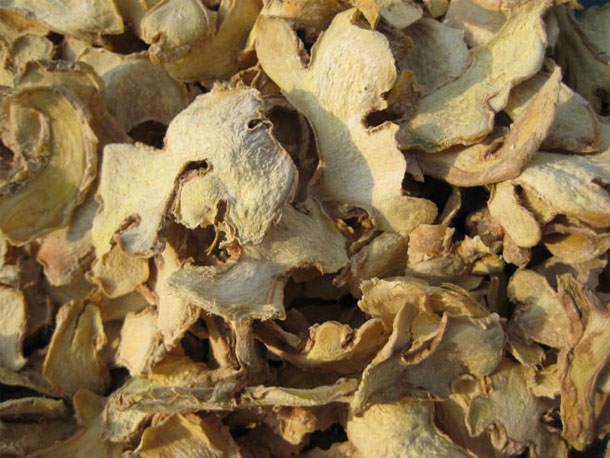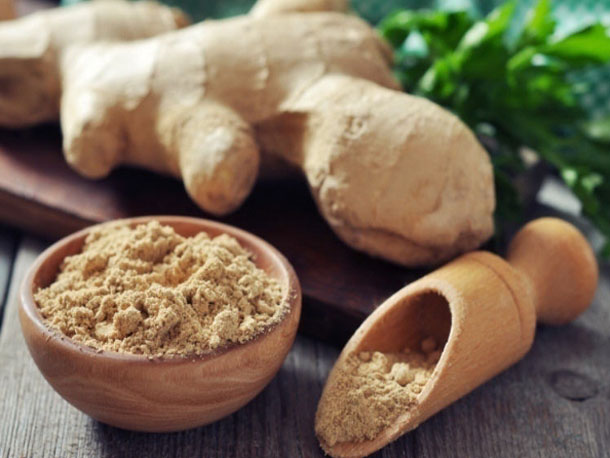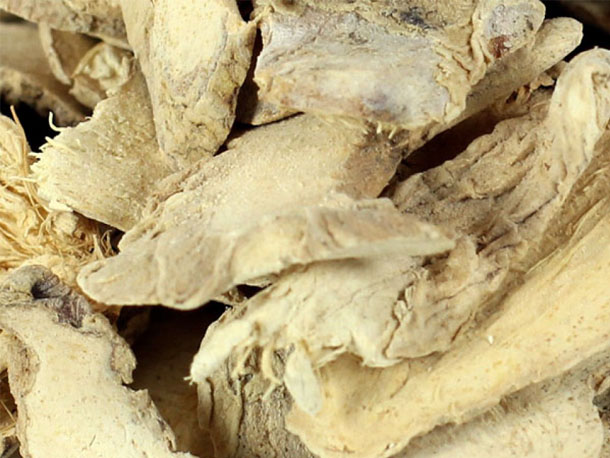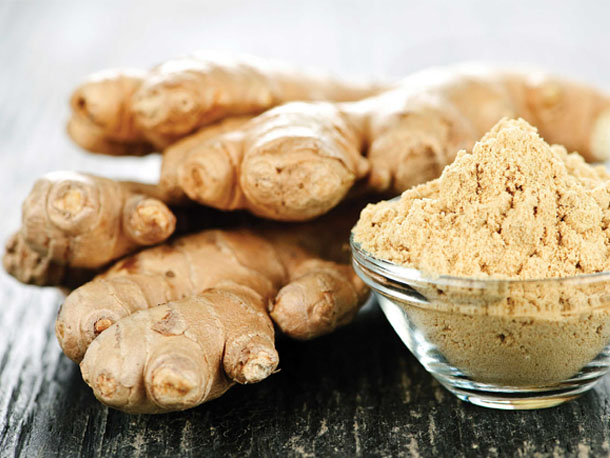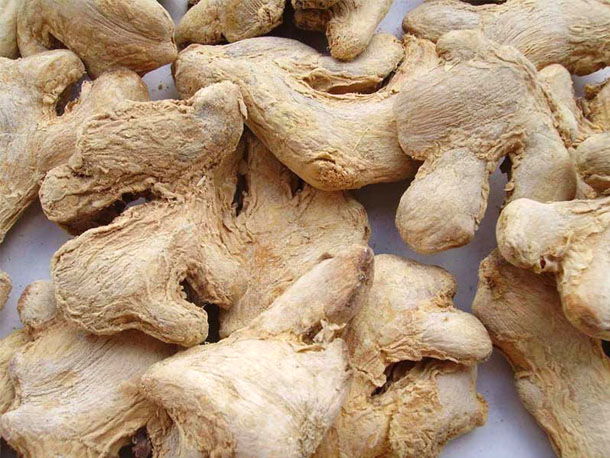Asian dried ginger prices reflect solid demand for fresh
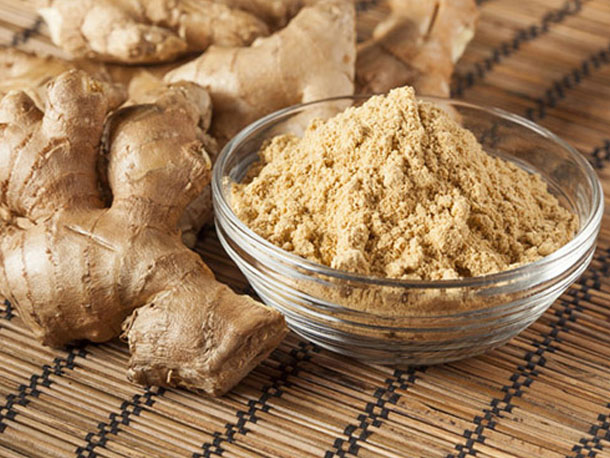
Indian and Chinese dried ginger prices have edged higher of late due to limited new crop arrivals as farmers in both countries focus on sales of the fresh material.
A report from Sameer Chaturvedi of Dubai-based KMG Robust said: “Arrivals for new crop Indian dry ginger have been bleak due to the premium farmers are getting for fresh ginger. Arrivals and prices will largely depend on the demand of fresh ginger, which looks steady and hence prices might rule at similar levels for this origin.”
On Monday, one Indian trader confirmed that arrivals were poor due to these factors, but pointed out that there was some carryover from 2013.
He added: “The 2014 crop of wet ginger is good but we also have a very good demand for this. Farmers don’t have an incentive to convert.”
The Indian trader explained that local prices had gained by USD100 per tonne over the last week and observed that the general sentiment was for a firmer market.
Chaturvedi said a similar price situation prevailed with Chinese dried ginger. “Prices have been on the higher side due to better price realisation of fresh ginger,” he remarked.
The gains in Chinese material were downplayed by a spokesman at Hong Kong-based Orient Resources Company.
The spokesman said the Chinese dried ginger market had been very stable for over a month now, the total increase being only about USD250/tonne in 30 days or so.
The spokesman said that fresh ginger prices, which had gone up to nearly USD1,800/tonne – which meant USD7,000+/tonne for dried ginger as 4 kilo of fresh equated to 1 kg of dry – had come back to reasonable levels now. “We do not expect any movement for the next 30 days, largely because the market is closed due to Chinese New Year,” he added.
European traders quoted Indian Cochin dried ginger at USD3,500 per tonne cif northwest Europe in the week ending January 17, up from USD3,300/tonne a week earlier. Chinese whole was indicated at USD4,200/tonne cif against USD4,000 previously.
Chaturvedi listed Chinese dried ginger at USD3,600/tonne c&f Felixstowe and Indian material at USD3,800/tonne.
The Orient Resources spokesman said Chinese whole dried ginger had high sulphur dioxide (S02) levels of around 2,000 parts per million (ppm) and therefore several times above the EU limits of 150ppm.
This whole dried ginger containing high SO2 levels was around USD3,000/tonne. “Some exporters wash high S02 ginger with chemicals, re-dry and sell as low SO2 – but we prefer to avoid touching such cargo that has been treated with unspecified chemicals and could also be high in aflatoxin,” the spokesman added.
Chinese sliced dried ginger was available in both high SO2 and low SO2 varieties. One low SO2 variety suitable for EU consumption was from South China, and the other was from the North, the Orient Resources spokesman said.
He confirmed that the South Chinese variety handled by Orient Resources was around the USD3,600/tonne c&f indicated by others.
Nigerian prices appeal to buyers
Chaturvedi added: “With these high prices prevailing from the past few months, attractively priced Nigerian ginger has been in good demand. The aroma and appearance of the dried Nigerian ginger, when grinded, is widely appreciated and accepted,” he added. In the weeks running up to Christmas traders reported that Nigerian new crop dried ginger supplies were already attracting strong demand from buyers in Asia and the Middle East.
Chaturvedi said Nigerian split dried ginger could be acquired for USD1,800/tonne c&f Felixstowe.
One UK trader observed that when new crops arrived the fresh material invariably took precedence at local market level. “So those buyers that purchase the ginger for drying, grinding and extraction tend to step back and let the buyers of the fresh produce go ahead and then wait for that to finish and hopefully the price will drop a bit,” he said.
This spate of buying interest was at local market level only and global demand remained lacklustre.
Cautious approach
One Rotterdam trader remarked: “People are cautious. There is no excessive stock building at these prices. Also, quantities are limited, so even if you would want to, it would not be easy.”
A second UK trader said he was hopeful that consumption would pick up soon.
It was also difficult at this stage to gauge the actual outcome of dried ginger output in India or China.
Last October, sources were warning of a likely smaller ginger crop from south China at the end of the year, meaning reduced volumes in the dried ginger market in 2014.
The Orient Resources spokesman said: “The crop in general is small but not as small as previously feared.”

